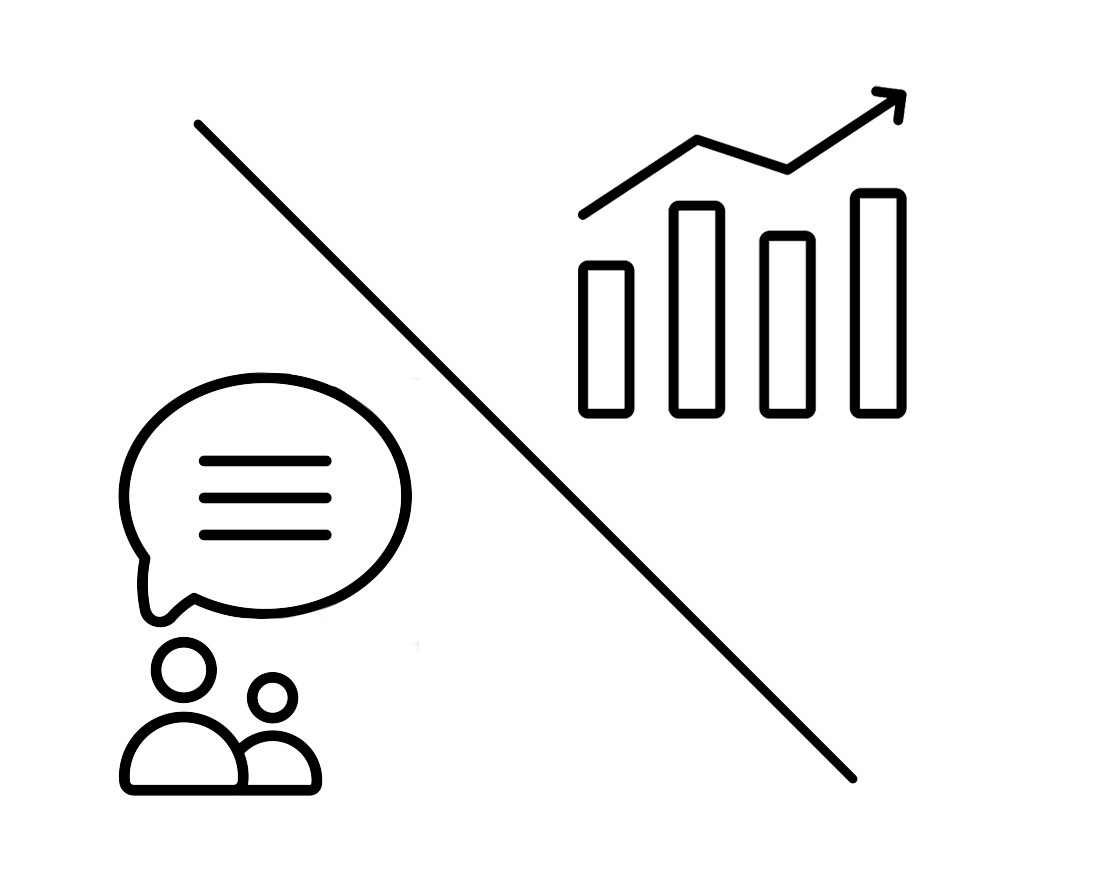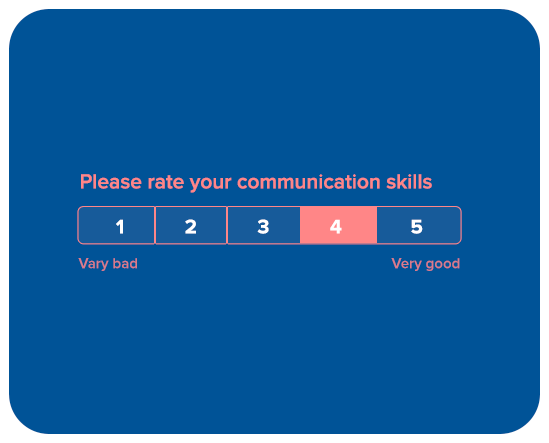Examples of qualitative and quantitative questions in surveys
Our customer satisfaction survey template demonstrates the effective combination of qualitative and quantitative questions to provide a comprehensive view of your business's performance.
Quantitative questions like "How long have you been a customer of our company?" allow customers to select specific options that quantify their relationship duration with your business. For example, they can choose between "This is my first purchase," "Less than six months," "Six months to a year," "1-2 years," "3 or more years," or "I haven't made a purchase yet."
Incorporating qualitative follow-up questions, such as "Do you have any other comments, questions, or concerns?" allows customers to express their opinions, experiences, or suggestions freely, providing valuable insights beyond numerical responses.
Similarly, our employee engagement survey combines quantitative and qualitative questions to gauge supervisors' constructive responses to mistakes. Employees can select options like "Always," "Most of the time," "About half of the time," "Once in a while," or "Never."
The qualitative question "What does your supervisor need to do to improve his/her performance?" enables employees to offer specific feedback and suggestions, fostering open communication and potential areas for improvement.
The integration of both qualitative and quantitative questions ensures a well-rounded survey, offering a deeper understanding of customer satisfaction and employee engagement. By using this approach, you can make data-driven decisions that enhance your business's overall performance and address any concerns or areas needing improvement.
Responsly is a user-friendly platform that caters to both qualitative and quantitative research needs. Whether you want to conduct in-depth interviews or distribute structured questionnaires, our platform can accommodate various research methods.
Sign up now to begin your research journey with us! 🚀
Create a Survey


















